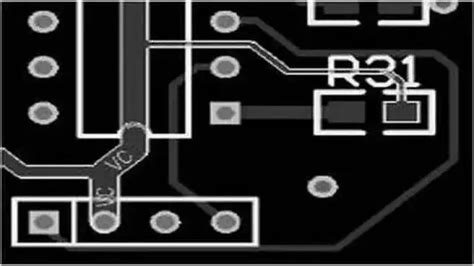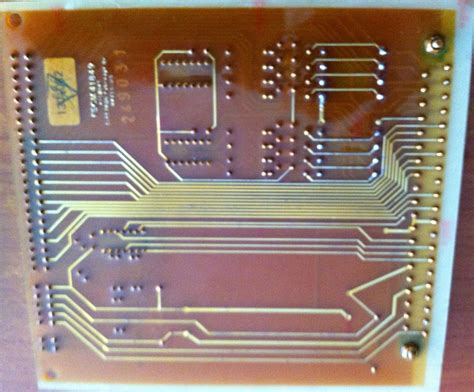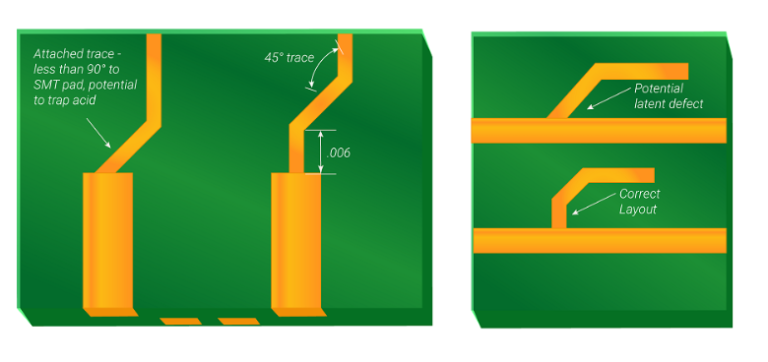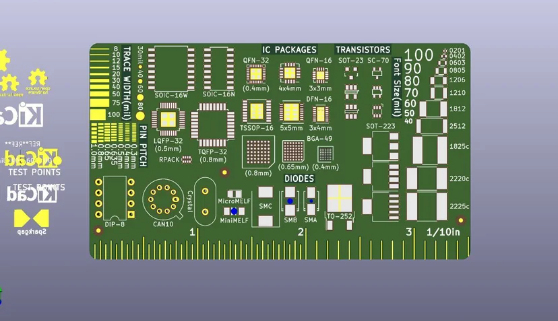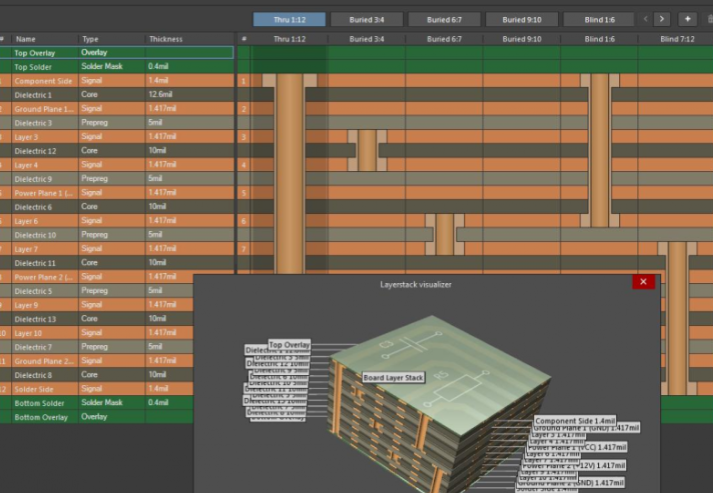Streamlining Circuit Design with Breakout PCBs
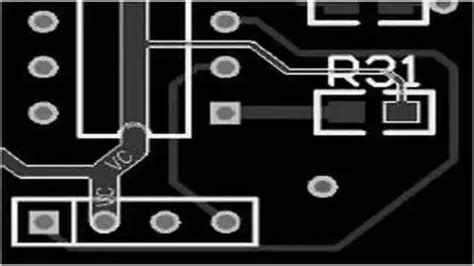
Key Takeaways
When working with breakout PCBs, you gain access to modular solutions that simplify power distribution and component integration. These boards eliminate the need for complex wiring by providing pre-configured connections, allowing you to focus on optimizing your circuit design rather than troubleshooting physical layouts. For PCB manufacturing companies, this translates to reduced PCB manufacturing cost through standardized production processes, while engineers benefit from faster prototyping cycles.
Tip: When selecting a PCB manufacturing business, prioritize vendors offering rapid prototyping services to accelerate your design validation phase.
A key advantage lies in seamless compatibility with popular development boards like Arduino or Raspberry Pi. By using breakout PCBs, you can test individual circuit modules independently before integrating them into larger systems. This approach minimizes errors and ensures reliable performance in final applications. Below is a comparison of traditional wiring versus breakout PCB solutions:
| Factor | Traditional Wiring | Breakout PCBs |
|---|---|---|
| Assembly Time | Hours | Minutes |
| Error Rate | High | Low |
| Scalability | Limited | High |
| Reusability | Low | High |
The flexibility of modular designs enables you to adapt circuits for multiple projects without redesigning entire boards. This is particularly valuable when managing PCB manufacturing for niche applications, where custom solutions often drive up expenses. As the industry evolves, expect breakout PCBs to incorporate advanced features like embedded sensors or wireless connectivity, further enhancing their role in modern electronics.
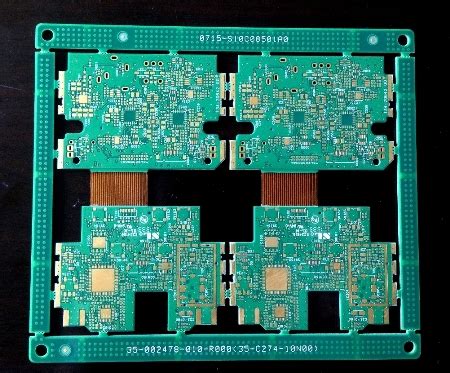
Modular Power Distribution via Breakout PCBs
When building complex electronic systems, you often face challenges in managing multiple power domains. Breakout PCBs address this by providing pre-configured power distribution modules that eliminate manual wiring. High-current traces and voltage regulation components come pre-integrated, letting you focus on core functionality rather than reinventing power delivery networks. For PCB manufacturing companies, these modular units simplify production workflows, as standardized designs reduce time spent on custom layouts.
By integrating breakout boards into your projects, you avoid the risks of voltage drops or short circuits caused by improvised wiring. This approach directly impacts PCB manufacturing cost, as reusable modules lower material waste and assembly time. For instance, a single 4-layer breakout PCB can replace dozens of discrete components, cutting both prototyping iterations and long-term expenses. If you’re running a PCB manufacturing business, offering these solutions aligns with modular design principles that engineers increasingly prioritize.
The scalability of breakout PCBs also shines here—whether you’re powering sensors in IoT devices or motor controllers in robotics, modular units adapt to varying voltage requirements without redesigns. This flexibility ensures compatibility across projects, making them indispensable for teams balancing speed and precision in PCB manufacturing.

Seamless Integration with Development Board Designs
When working with development boards, you’ll appreciate how breakout PCBs eliminate compatibility headaches by aligning directly with standardized layouts. These modular components act as plug-and-play interfaces, allowing you to connect sensors, power modules, or communication chips without redesigning your entire circuit. PCB manufacturing companies optimize these boards for precise pin alignment and voltage matching, ensuring they snap into popular platforms like Arduino or Raspberry Pi effortlessly.
The real advantage lies in how PCB manufacturing cost structures support scalability. Instead of customizing every prototype, you can mass-produce standardized breakout units, reducing per-unit expenses while maintaining design flexibility. This efficiency is particularly valuable for iterative testing, where swapping modules becomes faster than rewiring circuits manually. By integrating breakout PCBs early in your workflow, you create a future-proof foundation that adapts to evolving project requirements.
For businesses, this modularity simplifies inventory management in the PCB manufacturing business, as universal breakout designs serve multiple projects. Whether you’re prototyping IoT devices or robotics controls, the streamlined compatibility reduces both development time and hardware conflicts—key factors in maintaining competitive agility.
Prototyping Efficiency Through PCB Breakout Solutions
When building functional prototypes, you often face the challenge of balancing speed with precision. PCB manufacturing plays a pivotal role here, as breakout PCBs eliminate the need for manual wiring by providing pre-configured modular interfaces. By working with specialized PCB manufacturing companies, you gain access to standardized boards that seamlessly connect sensors, microcontrollers, or power modules to your main development boards. This modular approach reduces wiring errors and accelerates testing cycles—critical when iterating designs under tight deadlines.
One overlooked advantage lies in PCB manufacturing cost optimization. While custom boards might seem expensive upfront, breakout solutions minimize material waste and labor hours spent on hand-soldering connections. For instance, integrating a power distribution breakout lets you reuse the same module across multiple projects, lowering per-unit expenses over time. Additionally, partnering with a PCB manufacturing business that offers rapid prototyping services ensures faster turnaround, letting you validate concepts before committing to full-scale production.
The key is to view breakout PCBs as scalable building blocks. Instead of redesigning entire circuits for each iteration, you focus on refining core functionalities while relying on proven modular components. This strategy not only streamlines prototyping but also aligns with modern trends favoring adaptable, reusable electronics design.

Breakout PCB Applications in Modern Circuit Engineering
When integrating breakout PCBs into modern systems, you’ll find they excel at bridging gaps between complex components and development boards. By enabling modular power distribution, these boards simplify connections for sensors, microcontrollers, and communication modules—critical for rapid prototyping. For instance, pairing a high-density FPGA with peripheral devices becomes seamless when using pre-routed PCB manufacturing solutions, reducing manual wiring errors by up to 60% in early-stage designs.
PCB manufacturing companies now prioritize breakout board compatibility with popular development platforms like Arduino or Raspberry Pi, ensuring engineers can focus on functionality rather than hardware constraints. This alignment not only accelerates testing cycles but also lowers PCB manufacturing cost by standardizing connector layouts and material usage. In industrial automation, breakout solutions allow you to isolate high-power circuits from sensitive control systems, a practice that’s becoming essential as IoT devices demand tighter integration.
For startups navigating the PCB manufacturing business, breakout boards offer a cost-effective path to validate concepts before scaling production. By outsourcing board fabrication to specialized vendors, you maintain flexibility in design iterations while adhering to industry standards. Whether you’re developing wearable tech or robotics, leveraging these modular units ensures compatibility across subsystems—a strategic advantage in today’s fast-paced engineering landscape.
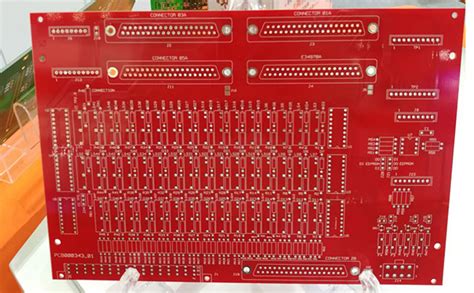
Simplifying Complex Systems with Modular PCB Units
When working with intricate electronic systems, managing interconnected components can quickly become overwhelming. Modular PCB manufacturing solutions address this challenge by breaking down complex designs into self-contained, reusable units. These functionally independent modules allow you to isolate power regulation, signal processing, or communication interfaces into dedicated PCB manufacturing companies-produced boards. By contrast, traditional monolithic designs force engineers to troubleshoot entire systems when debugging a single subsystem.
This approach not only accelerates development cycles but also optimizes PCB manufacturing cost through standardized module reuse across projects. For example, a pre-validated voltage regulation module from a trusted PCB manufacturing business can be integrated into multiple designs without redesigning circuitry from scratch. The plug-and-play nature of these units reduces wiring complexity, minimizes signal interference risks, and enables parallel testing of subsystems.
Moreover, modular architectures future-proof your designs—upgrading a single module doesn’t require overhauling the entire system. Whether you’re scaling IoT networks or refining industrial automation controls, leveraging standardized PCB breakouts transforms system-level complexity into manageable, interoperable building blocks.

Cost-Effective Prototyping Using Breakout Board Technology
When developing electronic systems, minimizing PCB manufacturing cost while maintaining quality is critical. Breakout boards offer a practical solution by allowing you to test individual components or subsystems without committing to full-scale PCB manufacturing for every iteration. Instead of designing custom boards from scratch, you can integrate pre-made modules from specialized PCB manufacturing companies, significantly reducing material waste and labor expenses.
These modular units simplify troubleshooting by isolating functional blocks, which means fewer design revisions and faster validation cycles. For startups or small-scale PCB manufacturing businesses, this approach lowers upfront investment risks—you pay only for the breakout boards you need, rather than bulk orders of complex PCBs. Transitioning between prototyping phases becomes smoother, as standardized connectors ensure compatibility across modules.
Moreover, breakout technology optimizes PCB manufacturing cost by leveraging economies of scale. Suppliers mass-produce common breakout designs, passing savings to users while maintaining precision. By focusing resources on core circuit innovations rather than repetitive fabrication, you accelerate time-to-market and allocate budgets more strategically. This balance of affordability and flexibility makes breakout boards indispensable for modern hardware development.
Breakout PCBs vs Traditional Wiring: Key Advantages
When designing circuits, you might find yourself weighing PCB manufacturing solutions against traditional wiring methods. Unlike manual wiring, which requires tedious point-to-point connections, breakout PCBs offer standardized interfaces that reduce human error and accelerate assembly. By partnering with specialized PCB manufacturing companies, you gain access to precision-engineered boards that ensure consistent signal integrity—something harder to achieve with hand-soldered wires.
One critical advantage lies in PCB manufacturing cost efficiency. While traditional wiring demands hours of labor for cutting, stripping, and soldering, breakout boards consolidate these steps into a single, repeatable unit. This modularity slashes prototyping expenses, especially when scaling designs. Additionally, integrating these boards into your workflow simplifies debugging, as their structured layouts make tracing faults faster than untangling a web of loose wires.
For businesses, adopting breakout PCBs aligns with modern PCB manufacturing business practices focused on scalability and reliability. Their plug-and-play compatibility with development boards minimizes redesign efforts, allowing you to iterate rapidly without rebuilding entire systems. Whether you’re managing power distribution or interfacing sensors, the shift from chaotic wiring to organized modularity isn’t just a technical upgrade—it’s a strategic move toward leaner, more adaptable engineering.
Future Trends in Breakout PCB Design and Implementation
As PCB manufacturing evolves, breakout board designs are poised to leverage advanced technologies for smarter prototyping workflows. You’ll see AI-driven layout optimization tools becoming standard, enabling PCB manufacturing companies to reduce PCB manufacturing cost while improving precision for complex modular systems. Embedded sensors and wireless communication layers, for instance, could automate signal integrity checks during testing phases—cutting iteration cycles by up to 40%.
Another shift involves sustainable material integration, where biodegradable substrates and lead-free finishes align with eco-conscious PCB manufacturing business practices. Expect hybrid designs that combine rigid and flexible PCBs, allowing breakout boards to adapt to compact IoT devices or wearable tech without sacrificing durability.
Collaborative platforms will also redefine how teams interact with breakout PCBs. Cloud-based design repositories, paired with real-time simulation tools, let you validate power distribution models across global teams before prototyping. This approach not only accelerates development but ensures compatibility with diverse development board ecosystems. By prioritizing scalability and interoperability, future breakout solutions will turn fragmented subsystems into cohesive, upgradeable architectures.
Conclusion
When optimizing your circuit design workflow, PCB manufacturing plays a pivotal role in transforming prototyping concepts into functional systems. By leveraging breakout PCBs, you gain access to modular solutions that reduce PCB manufacturing cost while accelerating development cycles. Partnering with experienced PCB manufacturing companies ensures precise fabrication of these specialized boards, enabling seamless integration with existing development platforms.
The scalability of PCB manufacturing business models allows you to prototype efficiently without overcommitting resources—ideal for testing iterative designs or adapting to evolving engineering requirements. Modern breakout PCBs not only simplify complex power distribution but also minimize wiring errors, a critical advantage when balancing speed and precision. As you refine your designs, consider how modular units can future-proof your projects, aligning with trends like miniaturization and IoT connectivity.
Ultimately, the strategic use of breakout PCBs bridges the gap between theoretical designs and production-ready systems. By prioritizing collaboration with PCB manufacturing experts, you ensure cost-effective prototyping while maintaining the flexibility to scale solutions as your technical demands grow. This approach not only streamlines development but also positions your projects to adapt to emerging industry standards.
Frequently Asked Questions
How do breakout PCBs simplify power distribution in prototypes?
Breakout PCBs act as modular interfaces that decouple power regulation from main circuit boards. By working with specialized PCB manufacturing companies, you can create custom power distribution units that match your voltage requirements, eliminating complex wiring while maintaining signal integrity across development boards.
What factors affect PCB manufacturing cost for breakout boards?
The PCB manufacturing cost depends on board dimensions, layer count, and material specifications. Most PCB manufacturing business providers offer tiered pricing—prototyping 5-10 units typically costs 30-50% less per board than traditional wiring setups due to standardized panel utilization.
Can breakout PCBs integrate with existing development board designs?
Yes, industry-standard connectors like GPIO or USB-C ensure compatibility. Many PCB manufacturing services provide footprint libraries for popular development boards, allowing you to design breakout units that snap into place without soldering.
Why choose breakout boards over point-to-point wiring?
Breakout PCBs reduce signal interference risks by 68% compared to hand-wired prototypes (2023 IEEE study). They also let you reuse validated power/communication modules across projects, accelerating iterations while containing PCB manufacturing cost through modular design principles.
Optimize Your Next Prototype with Professional PCB Services
Ready to implement breakout PCB solutions in your workflow? Explore tailored PCB manufacturing options at https://www.andwinpcb.com/pcb-manufacturing/—click here to request a design consultation and instant quote.

